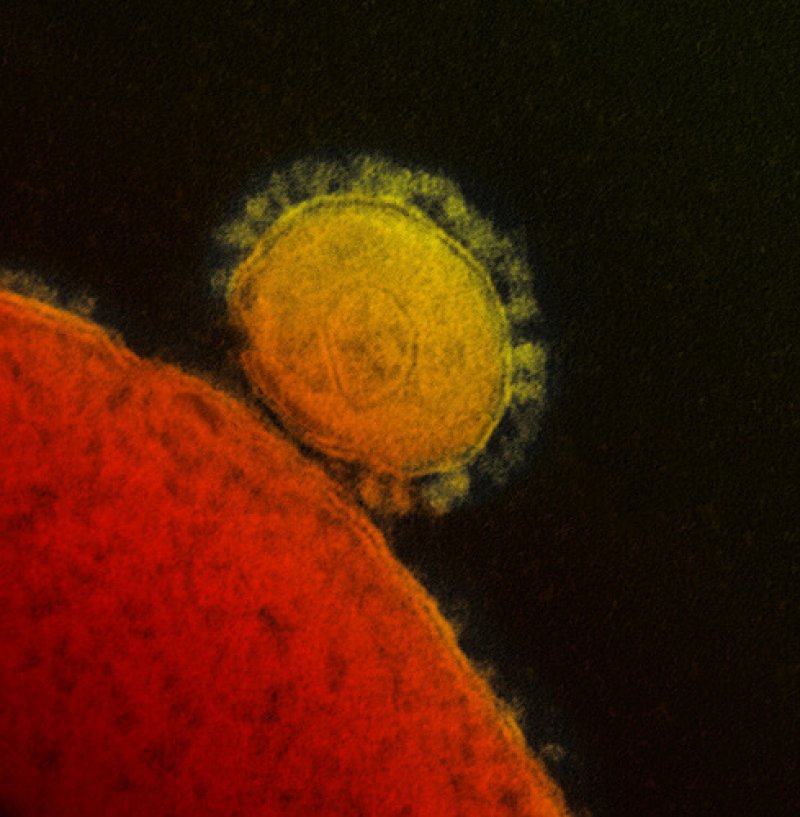We have the dubious privilege of observing a new disease in the midst of being born. The disease could go on to spread around the world, stall out as a minor, local blight, or disappear altogether. Scientists have been observing its emergence for a year now, and while they know more than they did in 2012, they still can’t predict quite what will happen.
The disease I speak of is Middle Eastern Respiratory Syndrome–MERS for short. Back in March, I wrote about the preliminary investigations into the origins of MERS. Now, six months later, researchers have looked at some of the viruses from newer cases, using powerful methods for statistically comparing the genes in the viruses. They’ve carried out the biggest genetic study of MERS so far.
Read the full, original story here: MERS At One: The Deadly Virus Drizzle
Additional Resources:
- Coronavirus infections: Middle East respiratory syndrome coronavirus, World Health Organziation
- “Even As MERS Epidemic Grows, The Source Eludes Scientists,” NPR
- “Saudi Efforts to Stop MERS Virus Faulted,” Wall Street Journal































